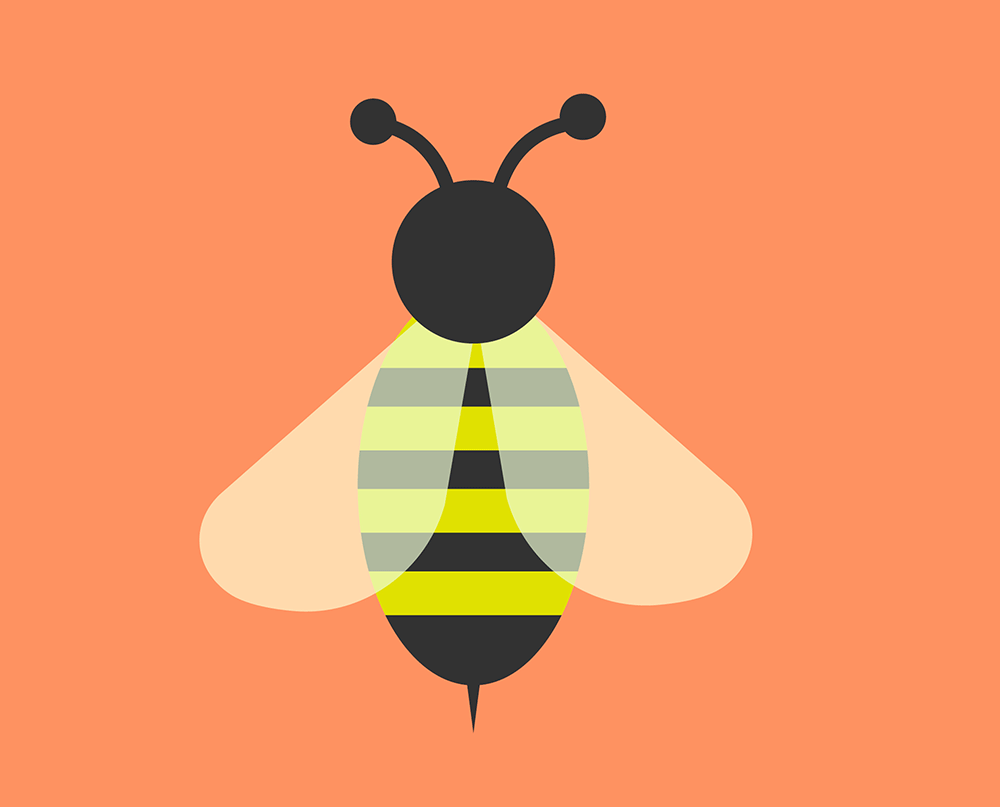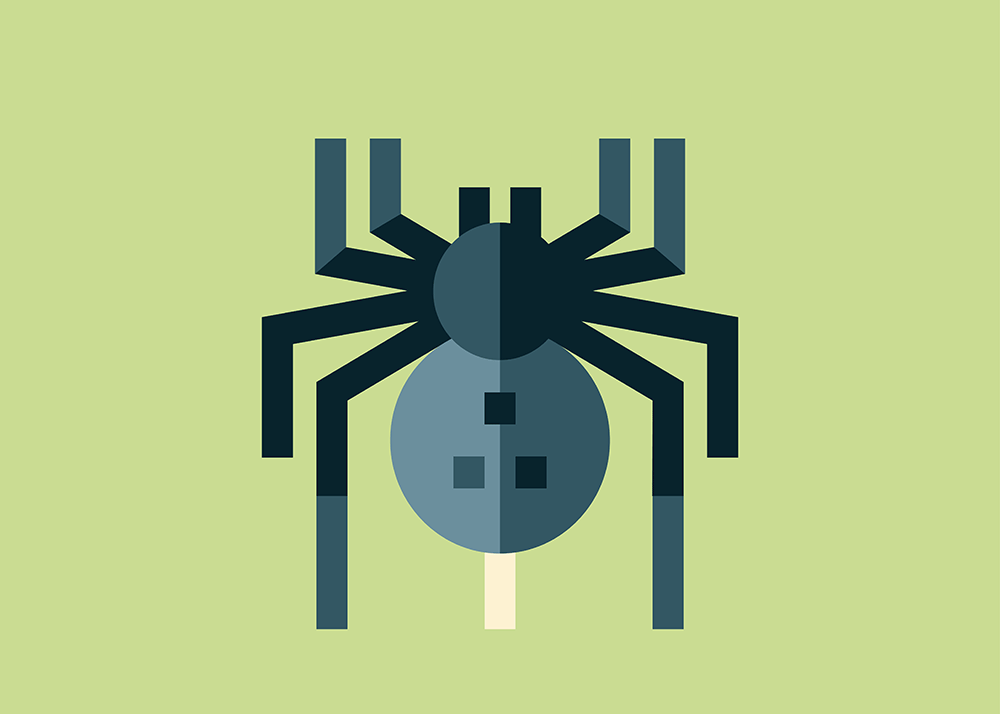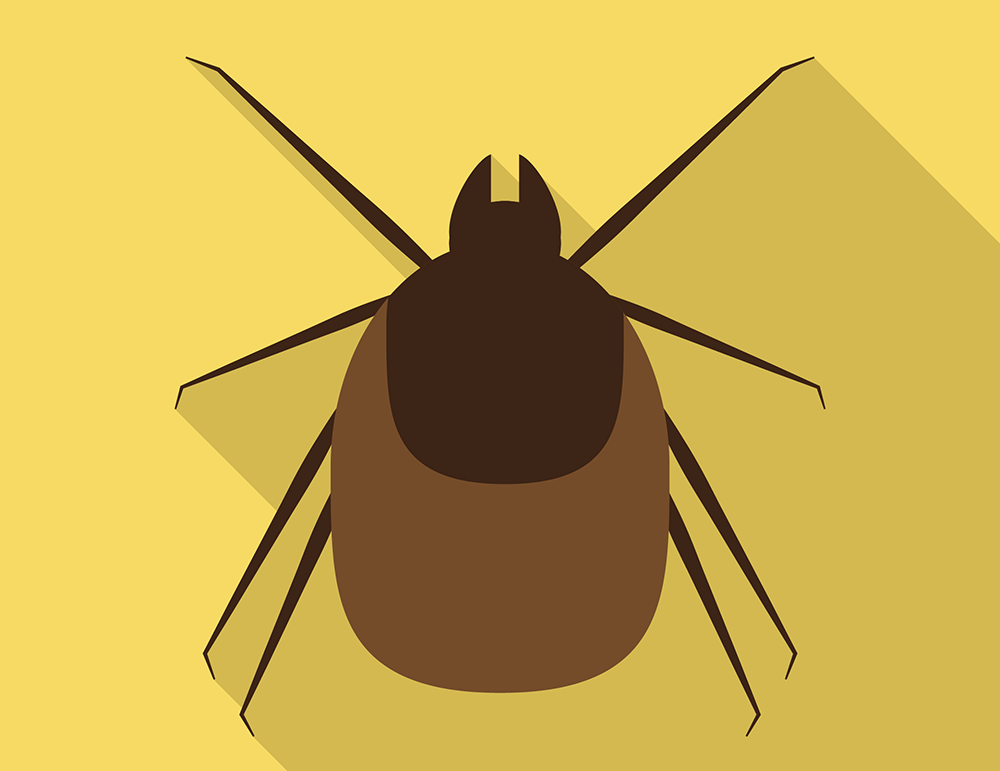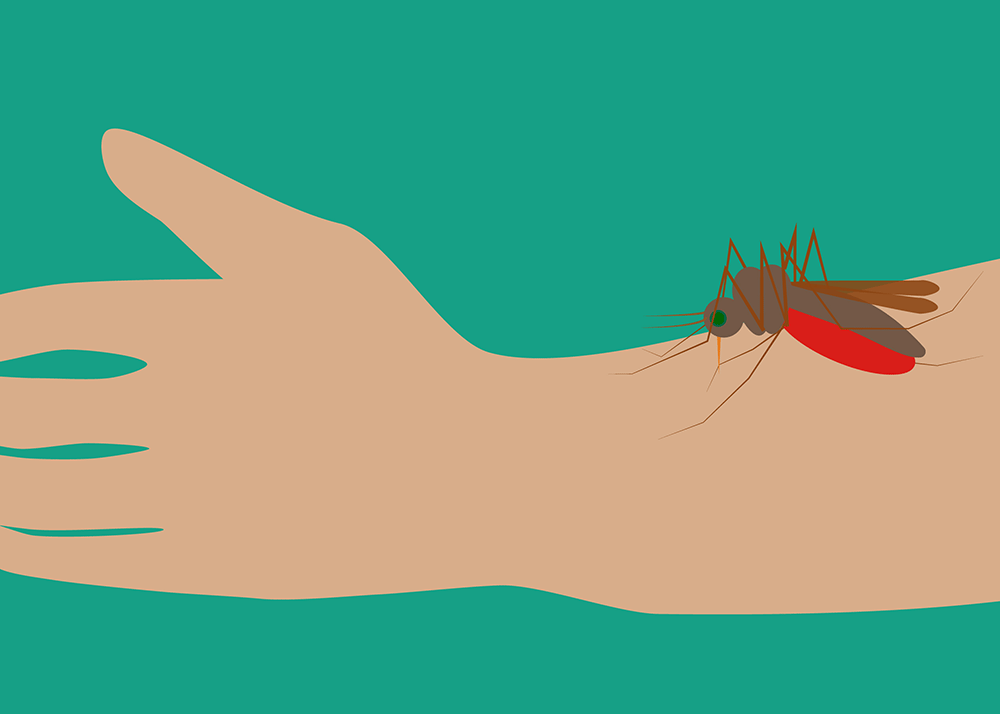
Natural remedies for wasp and bee stings
- Scrape away the stinger as soon as possible using the edge of a credit card, a knife blade or your fingernail. As long as it remains in your skin, this little sac of poison keeps pumping its contents into your body. Don’t use tweezers or pinch the stinger with your fingertips, since you’ll squeeze more venom into your skin.
- As soon as you have the stinger out, soak the area in apple cider vinegar for a few minutes. Dip a cotton ball in vinegar and tape it to the sting site. It will help relieve redness and swelling.
- Treat the area with meat tenderizer right after you’re stung. It contains enzymes that break down the venom, reducing swelling and inflammation. Take a few spoonfuls of meat tenderizer powder, add enough water to form a paste, smear the paste on, and leave it on for an hour.
- Apply an aspirin paste to stop the itching. Using the back of a spoon, crush one or two aspirin on a small plate or cutting board. Add just enough water to make a paste, then dab the paste on the sting site. Ingredients in aspirin help to neutralize the venom.
- Apply an ice pack to numb the area and help slow the swelling. If you have a towel or washcloth between the ice pack and your skin, you can leave the ice pack in place for up to 20 minutes.
(Related: A Guide to Allergy Symptoms, Causes, and Treatments)

Superfoods with super powers
- Papaya contains enzymes that neutralize insect venom. If you happen to have this fruit in your lunch basket, simply lay a slice of papaya on the sting for an hour.
- Baking soda can bring relief. One method of application is to mix baking soda with a skin lotion, then apply it to the sensitive area. The baking soda helps relieve inflammation, and the skin lotion keeps it in place. Alternatively, you can mix one teaspoon of baking soda in a glass of water, let it dissolve, then apply the mixture with a cotton pad or washcloth. Leave the compress in place for 20 minutes.
- Cut an onion, then rub it over the sting site. Doctors aren’t quite sure how this works, but the onion contains enzymes that seem to break down inflammatory compounds. Other people swear by smearing a crushed clove of garlic over the skin.
- Sugar works, too. Just dip your forefinger in water, dab it in sugar, then touch the sting site.
- To help reduce swelling, try bromelain, a protein-digesting enzyme derived from pineapple. On an empty stomach take 500 milligrams containing at least 2,000 GDU or 3,000 MCU. You can take several doses in a single day. Stop taking it when the swelling goes down.
- Tea-tree oil will also help reduce the swelling. Apply one drop several times a day.
- To stop the itching, dab on a drop or two of lavender oil. Wait about fifteen minutes to allow the oil to take effect. If the area starts to itch again, apply more, but just one or two drops at a time.
(Related: 9 Superfoods You Can Turn Into Scrumptious Comfort Food)

Household hacks that work instantly
- Rub an ice cube on the bug bite right away. This helps decrease the inflammation that causes itching.
- Underarm deodorants have ingredients that reduce skin irritation. If you get a bug bite, try any deodorant and see if it works.
- Apply a drop or two of peppermint oil. It has a cooling effect, and also increases circulation to the bite, speeding the healing process. Alternatively, if you have toothpaste that contains peppermint oil, apply a dab.
- Look for an anti-itch spray or gel that contains menthol, a classic skin-soother. Keep the product in the refrigerator until you’re ready to use it. The coolness will provide extra itch relief.
- Buy anti-itch cream that contains a topical anesthetic to numb the area. Some also contain hydrocortisone to stop the swelling and antihistamine to counter the allergic reaction.
- Use a bug-bite relief patch, which looks like a small bandage and goes directly on the skin. Each patch contains concentrated numbing medicine.

Prevent insect and spider bites
- Use a bug spray that contains DEET, the most effective insect repellent for use on the skin. Adults can safely use any DEET product (following directions on the label). Children should not be exposed to a cream that exceeds 6% DEET.
- Before heading into the deep woods, treat your clothing with one of the many insect repellents that contain permethrin. Permethrin is a synthetic version of a bug-repelling compound found in chrysanthemum plants. Apply it liberally to outdoor-wear clothing, and it should remain effective even after a washing. Permethrin only goes on clothing, but not for safety reasons: The compound loses its effectiveness when it’s applied to skin.
- You can also use products made with p-Menthane 3, 8-diol, a chemical derived from the eucalyptus plant.
- Citronella, an oil that comes from a type of grass, is found in bug-repelling candles, as well as bug sprays. Follow label directions.
- Several days before you take a camping or hiking trip into bug-filled territory, start eating garlic. Have a clove or two every day. As you sweat out the garlic odor, it repels many insects.
- To keep bees away, avoid wearing perfumes or scented products, keep food and soda covered, and don’t wear bright clothing, especially floral patterns.
Identify the spider
If you know you’ve been bitten by a spider, try to memorize its appearance. Some spiders can cause serious symptoms affecting your whole body, while others just create a localized reaction. Whether or not you have a severe reaction, get medical attention right away.
When to call the doctor
If you’ve been bitten by a spider, call the doctor immediately. If you’ve been stung by a bee or wasp and then have trouble breathing, feel faint, or have swelling in your mouth or throat, a rapid pulse, or hives, get to an emergency room. You could be having a potentially fatal allergic reaction called anaphylaxis. And see a doctor if you develop a bull’s-eye rash, muscle aches, fever, and headache within three weeks after getting a tick bite; these could be signs of Lyme disease, which can lead to mental confusion and arthritis if not treated.
(Related: How to Keep Fall Allergens Out of Your Home)

How to deal with ticks
If you’re been in tick territory, be sure to follow this advice.
- After you’ve been in the woods or weeds, strip off your clothes and check yourself from head to toe. (Have your spouse or partner check parts of your body you can’t see.)
- If you find a tick that hasn’t attached to your skin, grasp it with a napkin or piece of toilet paper, and flush it down the toilet.
- If a tick has already latched onto your skin, use tweezers to grab it by the head, as close to your skin as possible. Slowly pull upward until it lets go. If you yank it off, the head can break off in your skin and remain there until infection sets in.
- Preserve any tick that has been embedded in your skin in a zipped-up plastic sandwich bag. If you develop a rash, your doctor can analyze the tick to see whether it carries Lyme disease. A rash can show up from three days to a month later, so keep that bagged tick for a while before flushing it away.
Tick bite? Smearing the tick with petroleum jelly or oil won’t cause it to come loose, as some would have you believe. Removing the head with tweezers is the effective way to get the job done.

